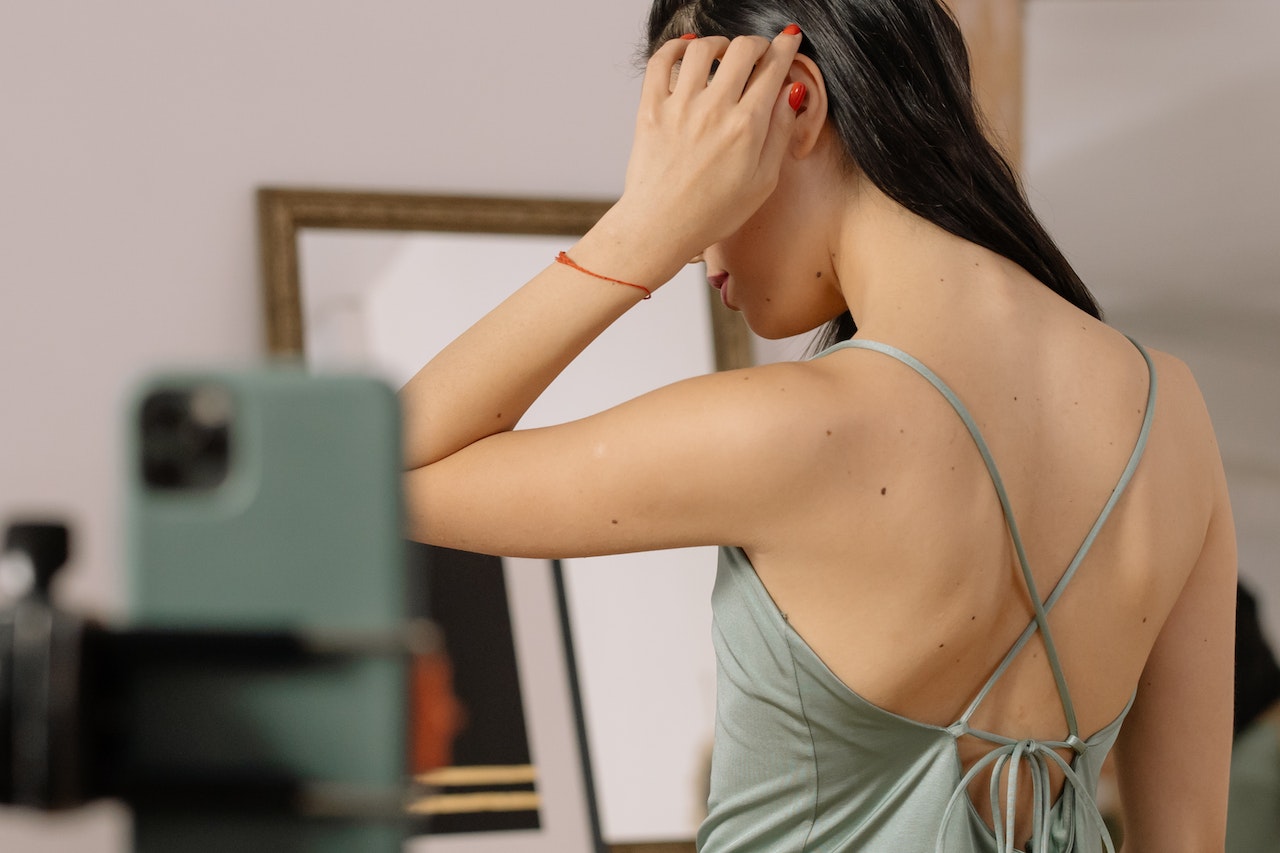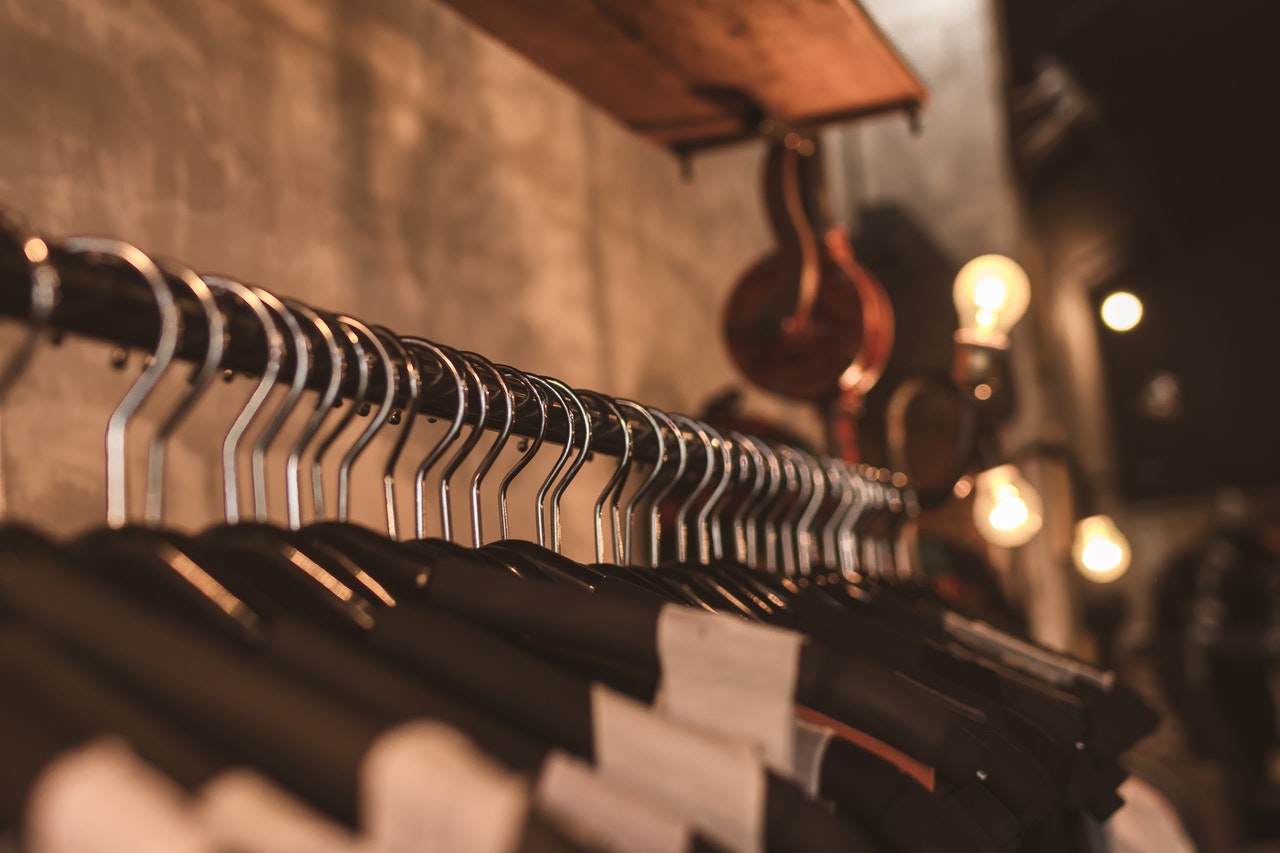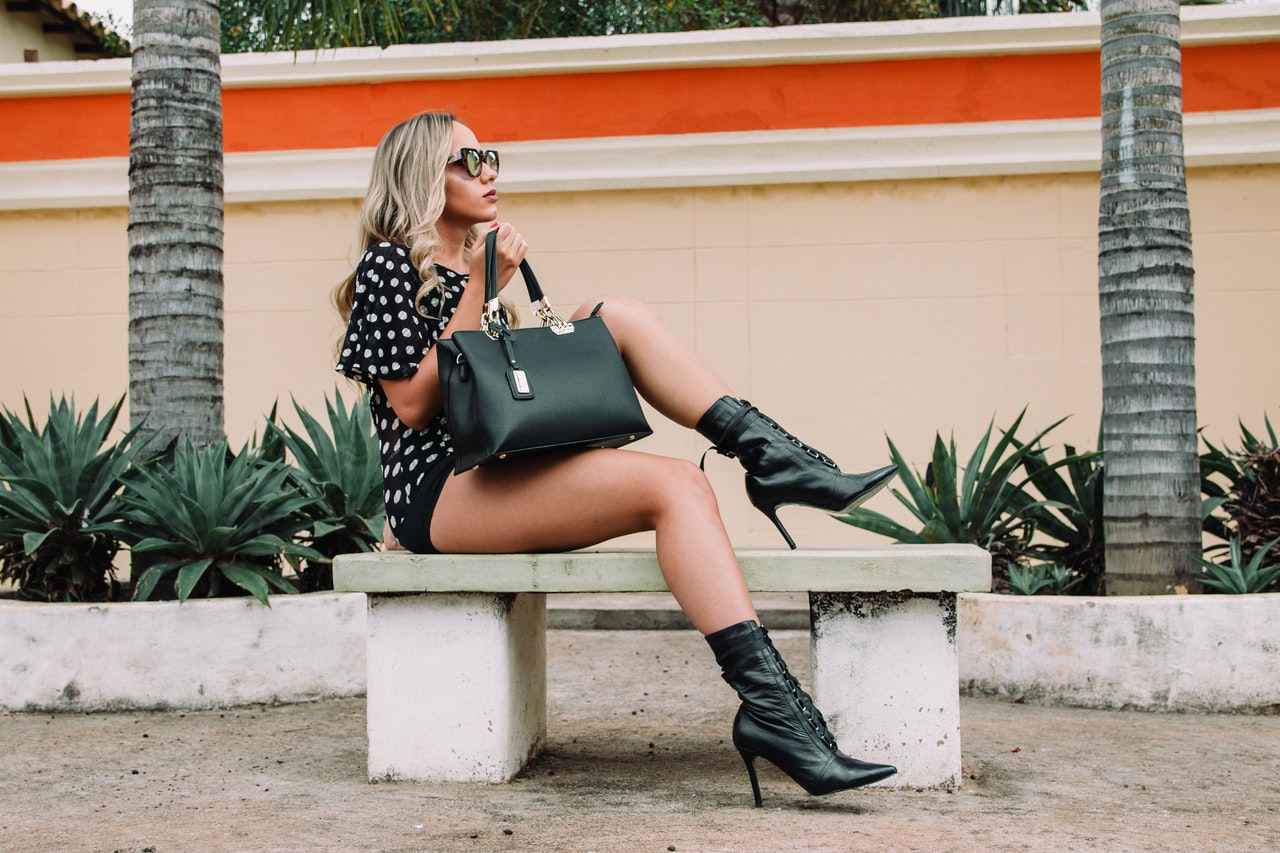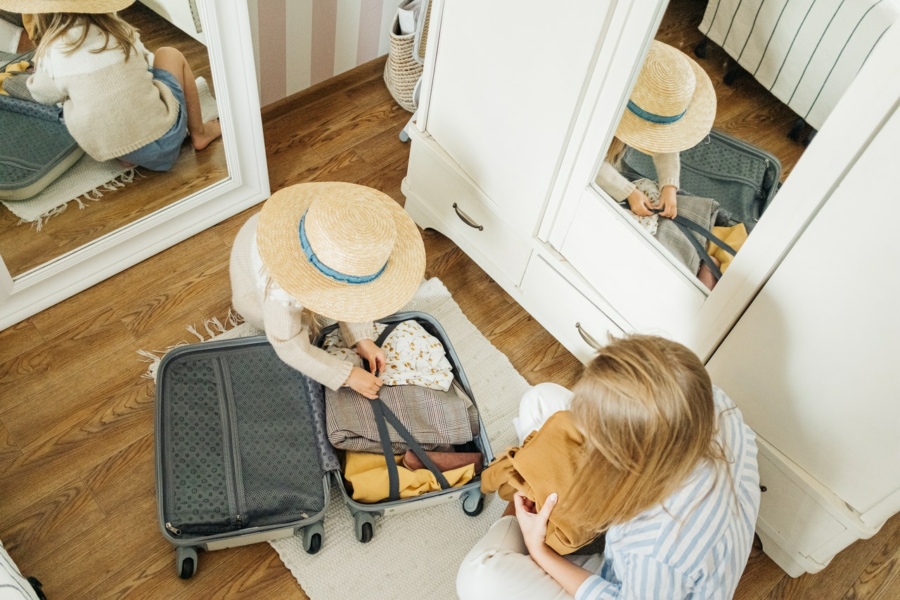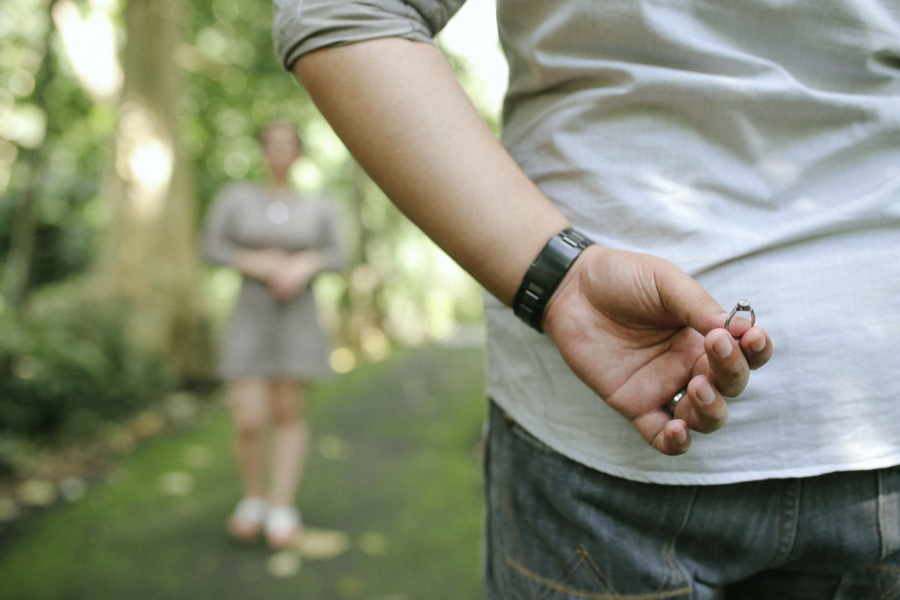If you have an event coming up and you’re struggling to figure out the dress code, you’re in the right place! Dress codes can be difficult to get right if you’re unsure of the basics, so we’re here to give you a few of the rules when it comes to each dress code, so you’re dressed right, and also so you can put your own spin on the dress code to make it your own! Events with dress codes are super exciting and glamorous and you should definitely be looking forward to it, so we’re here to take away the stress and help you enjoy getting all dressed up!
Dress Code 1: Smart Casual
First up we have smart casual, and although this isn’t technically a “formal” dress code, it is a very common one and it is good to know the difference between this and what formal dress codes really are, so you don’t end up going too casual for any more formal events. For smart casual, your jeans definitely need to stay in the wardrobe. Think either a nice brunch with your friends or a dressier workplace. Trainers are an absolute no go, with casual boots also not being ideal for a smart casual look. Heels or dressy flats should be your go to.
The best place to start is with a skirt or pair of trousers, with a slightly dressier twist. This might be really nicely tailored trousers or a more dressy material. Then, pair with a cute top, with a hint of something fun, like a different neckline, a unique pattern or some ruffling. Then, go with a longline jacket or a blazer. Dress up with fun heels and accessories, like bold earrings and a necklace. The main difference between this and cocktail is that smart casual is better suited to daytime occasions most of the time, with skirts or trousers being much more common than dresses or jumpsuits. When you move onto cocktail, you take the dressiness a step up.
Dress Code 2: Cocktail
Now we have the cocktail dress code, which embodies fun, elegance and a slightly more casual edge than some of the others we will be introducing. This is a dress code more used for “parties”, like some less formal weddings, drinks parties and so much more. Rather than a floor length dress, cocktail refers more to a mini or midi dress with heels! Taking into account the fun side of this dress code, go bold with colours, embellishments and extra details that bring the dress to life. Or, if you want something a bit more simple, go for little black dresses and then bring the outfit to another level with bright accessories and jewellery.
Sleek up-do’s are great for cocktail parties, or go for something soft and subtle like waves and glowy makeup. The main thing to remember is to have fun with this one!
Dress Code 3: Black Tie
Next up we have black tie! Often black tie is confused as being the most formal dress code, but there are actually two that are even more formal. The main difference between cocktail and black tie is that most people will wear a floor length dress to a black tie event in a more formal material, llike chiffon, lace or silk. Neutral or block colous are usually preferred over very bright and bold patterns, so stick to a brighter coloured dress that is all one colour or more neutral tones. This is a great opportunity to keep things more understated to let your beauty and the beautiful quality dress do the talking.
You can add glamour to the look with your accessories, particularly your jewellery, with diamonds being a favourite at black tie events. When it comes to hair and makeup, again, keep things simple! You could bring the look to life with a bright lip if that’s what you love to wear. A classic black tie look is a floor length fitted black dress with a high neckline and low scooped back. Have your hair in a loose up do and let a pair of diamond earrings really shine!
Dress Code 4: Creative Black Tie
Our third dress code is creative black tie. The main component of creative black tie is a floor length dress, but this differs from standard black tie in that you are able to really put a fun spin on the look! Don’t be afraid of bright colours, bold patterns, large skirts, lots of movement and beautiful textures to really get heads turning. This is your opportunity to really show off your sense of style, particularly through the silhouette and materials.
An example of how this differs from standard black tie would be instead of your classic floor length black dress, you might have a strapless dress with a larger skirt, a brighter pattern, statement jewellery and bold accessories to really make a statement. Aside from wearing a floor length dress, there really aren’t many rules when it comes to creative black tie, so have fun!
Dress Code 5: White Tie
Last but not least, we have white tie, the most formal of all the dress codes out there. We’re talking full ball gowns and evening gowns with bold features like large skirts and trains. Many white tie events will also involve wearing a pair of long gloves! White tie events are the epitome of glamour, so go big with the dress and then keep your hair and makeup more simple to let your dress shine. You could go for a white dress with a very dramatic skirt or train, or go for something with more texture.
If you’re unsure here, stick to a classic silhouette and colours for a look that will be perfect every time! This is the dress code for many Royal events, to give you an idea of the kind of event you should be expecting! Just make sure you’re careful eating any bright or vibrant foods…
Final Thoughts On Our Women’s Dress Codes
Women’s dress codes can be confusing, but hopefully we have helped to clear things up here! If you don’t feel confident going to find a dress on your own, take a friend or book a personal styling appointment. Often personal styling is free or only costs a small amount if you do make a purchase, so it is definitely worth doing as they may recommend something you never would have chosen but that looks incredible! When going to an event with a dress code like those above, go bold and enjoy it.
